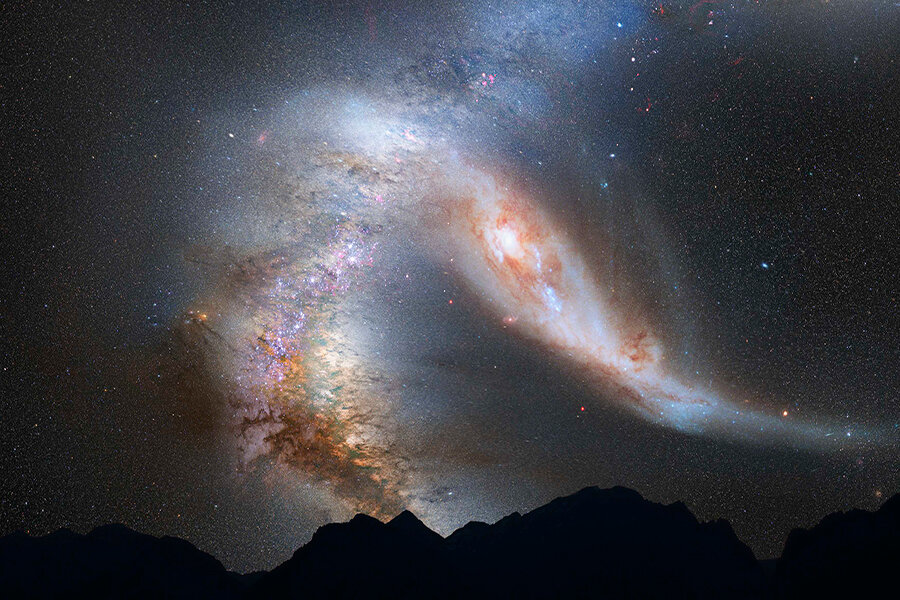Early galaxies were formed through collisions of 'baby' galaxies
Loading...
Scientists might have just solved the conundrum surrounding the formation of massive galaxies.
A study titled "Submillimeter Galaxies as Progenitors of Compact Quiescent Galaxies," carried out by astronomers from the University of Copenhagen's Niels Bohr Institute and published in The Astrophysical Journal, found that the enormous galaxies that existed a long time ago were actually formed by collision of other small "baby" galaxies.
What was surprising for Sune Toft, astrophysicist at the Niels Bohr Institute, who was involved with the study, was the sheer size of these galaxies, which were as big as today's spiral galaxies and the largest elliptical galaxies.
These galaxies formed very early in the history of the universe, grew into massive structures, completed the process of star formation and then got exhausted – all in a span of a few billion years, he says. Moreover, "the stars in these early galaxies were squeezed into a very small area," he said. "This means that the density of stars was 10 times greater. Furthermore, the galaxies were already dead, so they were no longer forming new stars. It was a great mystery," said Dr. Toft.
So what really happened to them?
Toft turned his attention toward starbust galaxies that existed when the universe was between 1 and 2 billion years old (most astrophysicists think that the universe is about 13.8 billion years old). A starburst galaxy is one that is undergoing a very high rate of star-formation. Using high-precision telescopes, he measured the light from these galaxies and reconstructed the galaxies using computer models, he says.
"I compared these distinct starburst galaxies to the galaxies that are dead simply because, these dead galaxies, like the current starbust galaxies, were gas rich and formed stars with such speed that they soon burned out until there was no gas left for the formation of any more stars," he says. Within such galaxies, stars are formed at an extreme rate, almost 1,000 times faster than our Milky Way, Toft told the Monitor.
When these gas-rich galaxies collide, the impact is so huge that gases present in both the galaxies are driven to the center causing a huge explosion that gives rise to a lot of stars. But in the process, the gas to form new stars is also used up extremely quickly, and then you get a dead galaxy, he said.
The new research sheds light on the formation process of the enormously massive and dead galaxies in the early universe, as well as the formation of stars under extreme conditions, he says.








